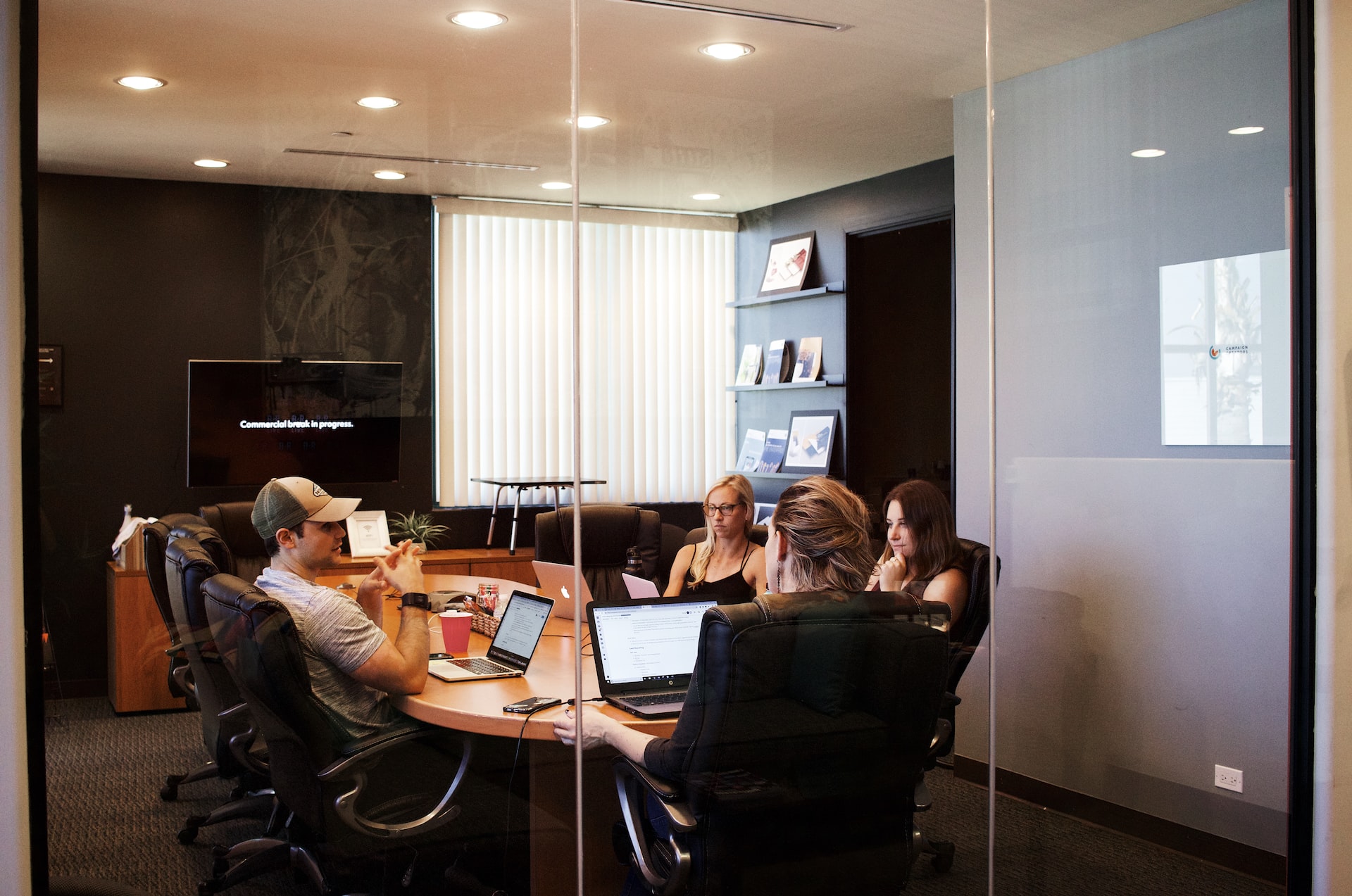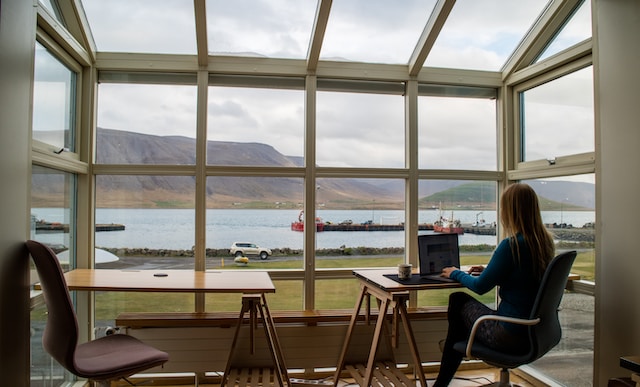Where did the idea for virtual office space come from?
Business
Virtual Offices
6 min read

While virtual offices might seem relatively new in the world of work, they’ve actually been around for a while! Virtual offices first appeared in the USA in the 1960s, and have since gone on to become increasingly popular amongst entrepreneurs, sole traders, and start-ups.
In this blog, we’re going to take a look at the origins of the virtual office space, and how it’s used today; we’re also going to cover what it is in detail, its benefits, and how to create one for your business. Let’s take a look!
What is a virtual office space?
A virtual office space is a service that allows you to rent a physical office space to use as your business address, without actually having to use it for your business operations. A virtual office can be used by freelancers, sole traders, and even large businesses, although virtual business addresses are most commonly used by companies that don’t need a physical office space. When larger companies do use virtual office services, it’s mostly for the purpose of enhancing customer service relations via the use of a telephone answering service.What is the difference between virtual business and virtual office?
A virtual office is a service that provides entrepreneurs and businesses with a physical address for their company’s correspondence, as well as additional business services such as telephone answering, mail forwarding, and meeting rooms. A virtual business, on the other hand, refers to a business that operates without any physical premises; instead relying solely on technology tools and digital applications to carry out their day-to-day operations.What does a virtual office space include?
A virtual office space typically includes a physical business address, telephone answering services, mail forwarding services, and limited access to conference rooms and meeting rooms. Depending on the provider, some may also include additional features such as video conferencing capabilities, cloud storage for documents or files and access to administrative staff. This type of service may also include access to a virtual assistant, which can help with tasks such as scheduling appointments or sending out emails.Where did virtual offices originate?
Once you’ve got your virtual address set up, it’s time to start showing it off! Make use of SEO services to boost your business’ visibility in your chosen area, and update your Google Business profile to show off your new address. Make sure to include the telephone number of your answering service if you plan on using one. While virtual offices might feel like a modern invention – perhaps due to the word ‘virtual’ – the concept of a rented office facility dates back over 50 years. The first ever rented office space, OmniOffices Group, was launched in 1962, and in 1966, Fegen Law Suites offered rented office spaces that included reception service, libraries, printing facilities, and more. In 1989, the very first virtual office was created by Ralph Gregory in Boulder, Colorado. After the birth of his first child, Gregory wanted to spend more time at home, and thus created the ‘The Virtual Office Inc’, which allowed him to carry out his work duties from home. Throughout the 90s and 2000s, the virtual office evolved significantly thanks to advances in technology; with the launch of the World Wide Web in the 1990s, providers could offer more advanced services such as digital receptionists and cloud storage, allowing businesses to operate almost 100% virtually. Today, virtual office spaces are commonplace, and can be a great way for entrepreneurs to start up their business or enhance their customer service without the cost of a physical office space. Plus, virtual offices – whether they be office addresses or virtual businesses – appear to be increasingly popular amongst the UK workforce. In 2022, over 30% of the UK workforce was still working virtually – only a 7% decrease from the 2021 pandemic period.The benefits of a virtual office space
Virtual offices offer numerous advantages for businesses, most notably the following:- Lower overheads – The cost of commercial rent continues to rise, and the cost of commercial rent in London is at an all-time high, especially for the capital’s most desirable postcodes. By switching to a virtual office setup, companies can save significantly on these overheads, without having to compromise on a desirable business location.
- Increased productivity – The freedom of being able to work from anywhere allows employees and entrepreneurs the freedom to find the best working conditions for them; this can lead to an increase in productivity and enhanced business outcomes.
- Central business location – With the freedom to choose a virtual office address, businesses and startups are able to select desirable and prestigious business locations, such as London’s Mayfair or the City of London.
- Privacy for sole traders and start-ups – Any company operating in the UK is obliged to register an official company address with HMRC, even if you don’t use a physical office for your work. This often means that sole traders end up having to register their home address as their business address, leaving them vulnerable to spam marketing, cold callers, and even doorstep salesmen. With a virtual business address, single-person businesses can keep their home address private and use an alternative address for all their business documents and correspondence.







